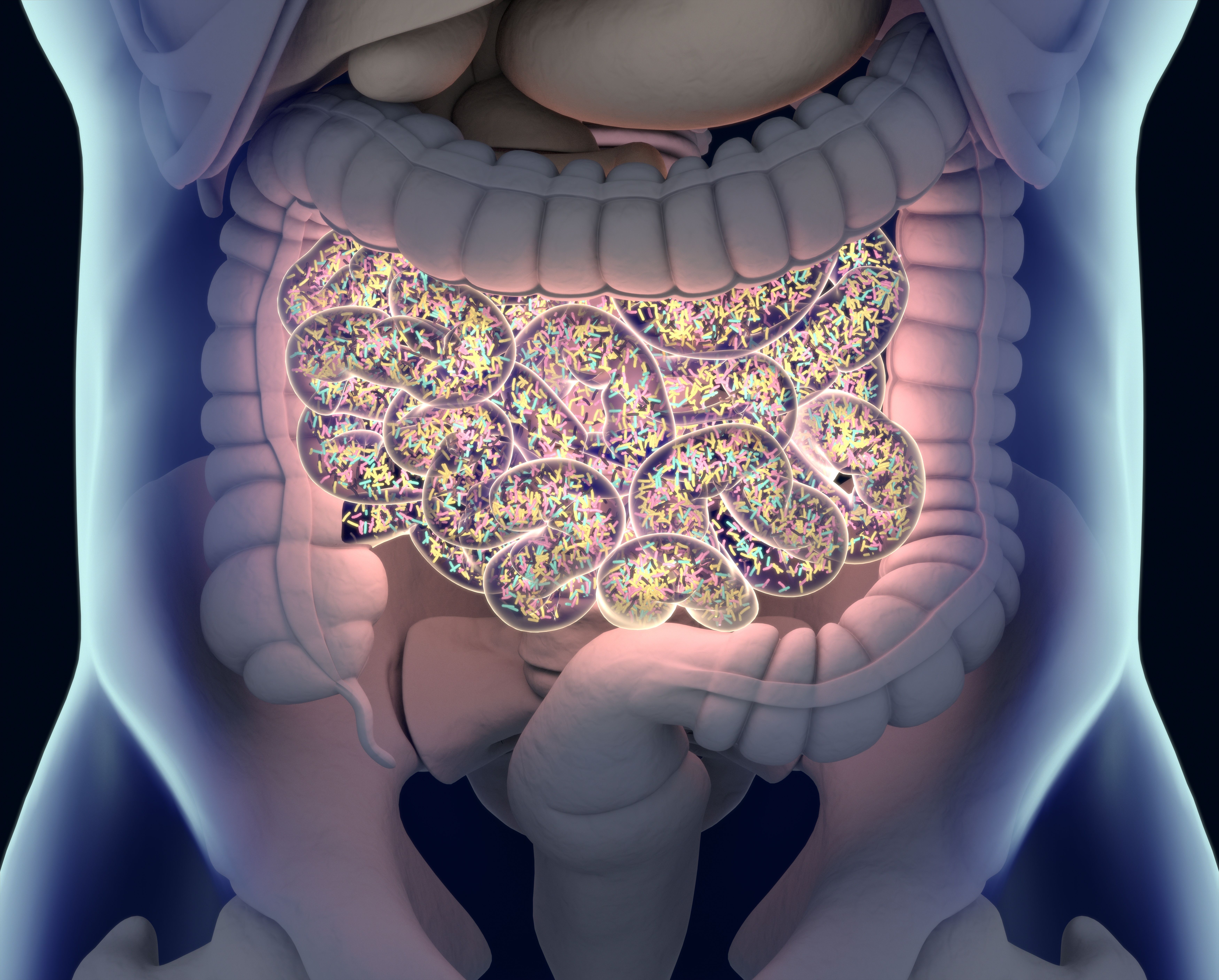Data Show Increased Bevacizumab/FOLFOXIRI Use in Younger mCRC Population
Real-world data suggest a role for noncytotoxic chemotherapy treatments such as EGFR inhibitors beyond the frontline setting for patients with metastatic colorectal cancer.
“Evidence suggests that patients with early-onset mCRC are more likely to receive aggressive multiagent chemotherapy, including triplet+bev, compared to patients with late-onset disease,” according to the study authors.

A higher proportion of patients younger than 50 years old with metastatic colorectal cancer (CRC) received FOLFOXIRI in combination with (Avastin; triplet+bev) from 2013 to 2022, according to real-world findings presented during the 2024 Gastrointestinal Cancers Symposium.
Results also demonstrated that the most frequent subsequent therapies following first- and second-line triplet+bev included anti-epidermal growth factor receptor (EGFR) therapies, trifluridine/tipiracil (Lonsurf), and regorafenib (Stivarga).
“This real-world study of patients with mCRC in the US revealed that first- and any-line triplet+bev usage has increased over time, particularly in younger patients,” the researchers wrote in the poster.
From 2013 to 2022, the use of triplet+bev increased in newly treated patients, with a trend being more pronounced in patients aged 18 to 49 years.
In patients not censored before the end of the respective line of therapy, the median duration of first-line triplet+bev was 25.1 weeks and 21.6 weeks for second-line use of the regimen. The median duration of triplet+bev in patients who were not censored, with and without a KRAS mutation, was 26.1 weeks and 23.5 weeks in the first-line setting, respectively. For second-line use of the regimen, the median duration was 21.6 weeks in patients with a KRAS mutation and 16.5 weeks for those without the specific mutation.
After first-line triplet+bev, the most frequently used new agents included anti-EGFR therapies like cetuximab (Erbitux) and panitumumab (Vectibix; 19%), trifluridine/tipiracil (12%) regorafenib (10%), and capecitabine (Xeloda; 3%). In the second-line setting, the most frequently used new agents were trifluridine/tipiracil (21%), anti-EGFR therapies (17%), regorafenib (15%), and pembrolizumab (Keytruda).
“This may suggest a role for noncytotoxic chemotherapy treatments, including EGFR inhibitors and regorafenib, beyond the first-line setting, which may be used to avoid further chemotherapy-related toxicities such as neutropenia, nausea, and diarrhea,” the study authors wrote.
In this retrospective study, researchers used the nationwide deidentified Flatiron Health Electronic Health Record-derived database with information from January 1, 2013, to February 28, 2023. In particular, the use of triplet+bev and treatments following that regimen was assessed in patients aged 18 years and older with newly diagnosed mCRC by age (18-49, 50-64, and ≥65 years) and oncologist-defined, rule-based line of treatment. Of the 24,285 patients in this study, 38% of patients were aged 18 to 49 years, 44% were between the ages of 50 and 64, and 19% were 65 years and older at the index date.
“Evidence suggests that patients with early-onset mCRC are more likely to receive aggressive multiagent chemotherapy, including triplet+bev, compared to patients with late-onset disease,” the study authors wrote. “Nevertheless, clinical treatment guidelines do not recommend different treatments by age group. Contemporary evidence is needed regarding the use of triplet+bev and subsequent systemic treatments, across different age groups in patients with mCRC, to tailor appropriate follow-up treatment options in this patient group.”
When starting treatment, 35% were aged 18 to 49 years, 29% were between the ages of 50 and 64 years, and 14% were aged 65 years and older when starting treatment. The use of triplet+bev in any line of treatment was the most prevalent in patients aged 18 to 49 years (7%), followed by patients aged 50 to 64 years (3%) and those 65 years and older (1%). Two-thirds of the patient population (67%) received triplet+bev in the first-line setting, whereas 23% received the regimen in the second-line setting. In addition, 57% were men and 34% of patients had a KRAS mutation, with 23% missing.
Reference
Barzi A, Lunacsek O, Pisa F, et al. Front-line use of FOLFOXIRI plus bevacizumab and subsequent therapies in metastatic colorectal cancer (mCRC). J Clin Oncol. 2024;42(suppl 3):45. doi:10.1200/JCO.2024.42.3_suppl.45